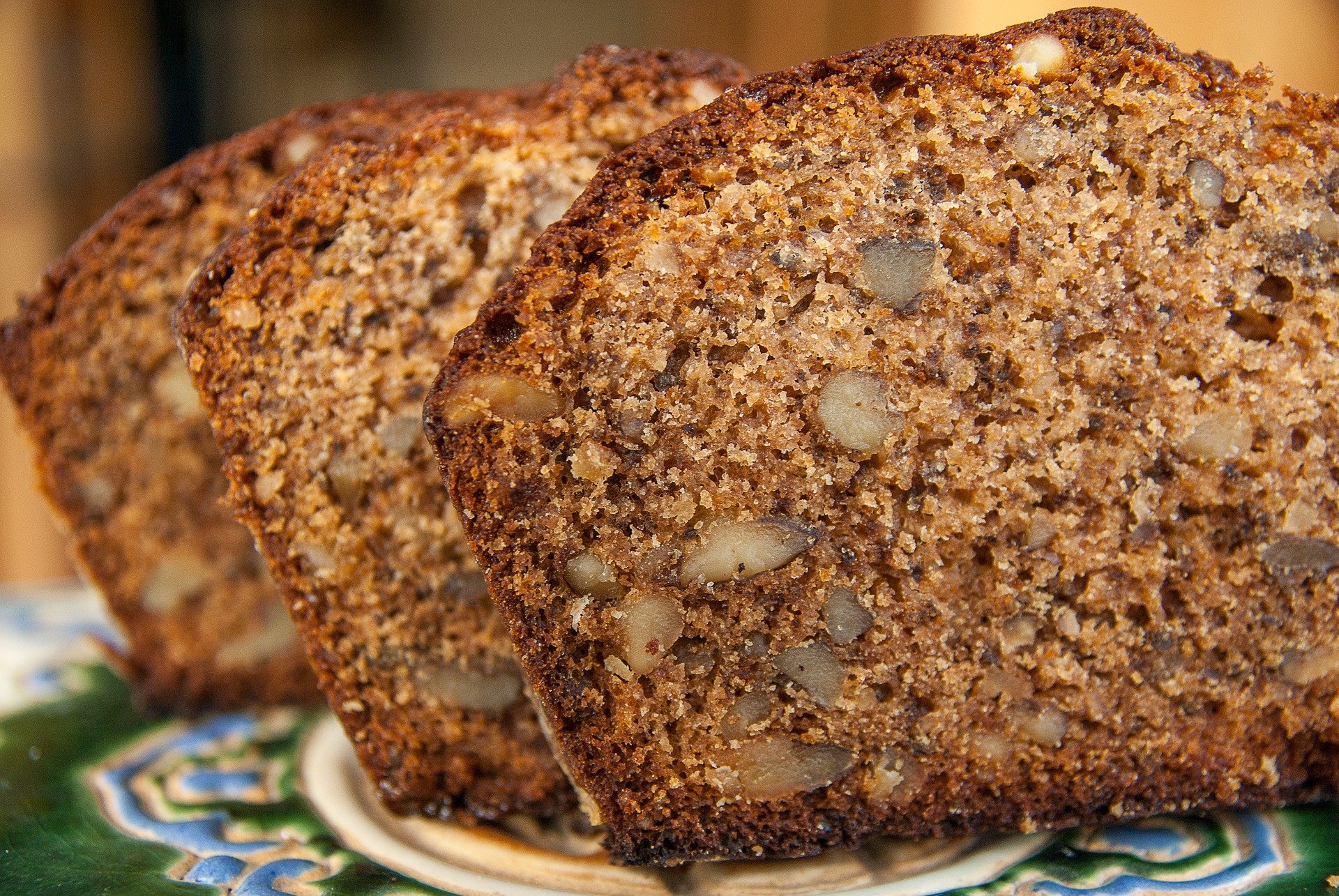The autumn season takes us for a colourful gourmet tour in Perigord.
The magic of our colourful farmers’ markets and nature, is the promise of so many gourmet dishes
What a pleasure it is to go for a gourmet tour in an exceptional and dazzling Indian summer that laughs at this nasty virus that wants to poison us.
Autumn was this year particularly generous in softness and colour. If fruits such as walnuts, chestnuts, figs and apples offer us desserts that are very popular in Aquitaine, squash, apples and all kinds of seasonal vegetables fill our eyes and taste buds.
And as the winter season in Aquitaine is not a sad and cold season, it will also offer us, during our gourmet walking tours and our gastronomic meals, its batch of exceptional products of which, our local pride, the black truffle of Périgord.
So don’t let ourselves be poisoned and share the pleasure of My Gourmet Tours throughout these seasons.
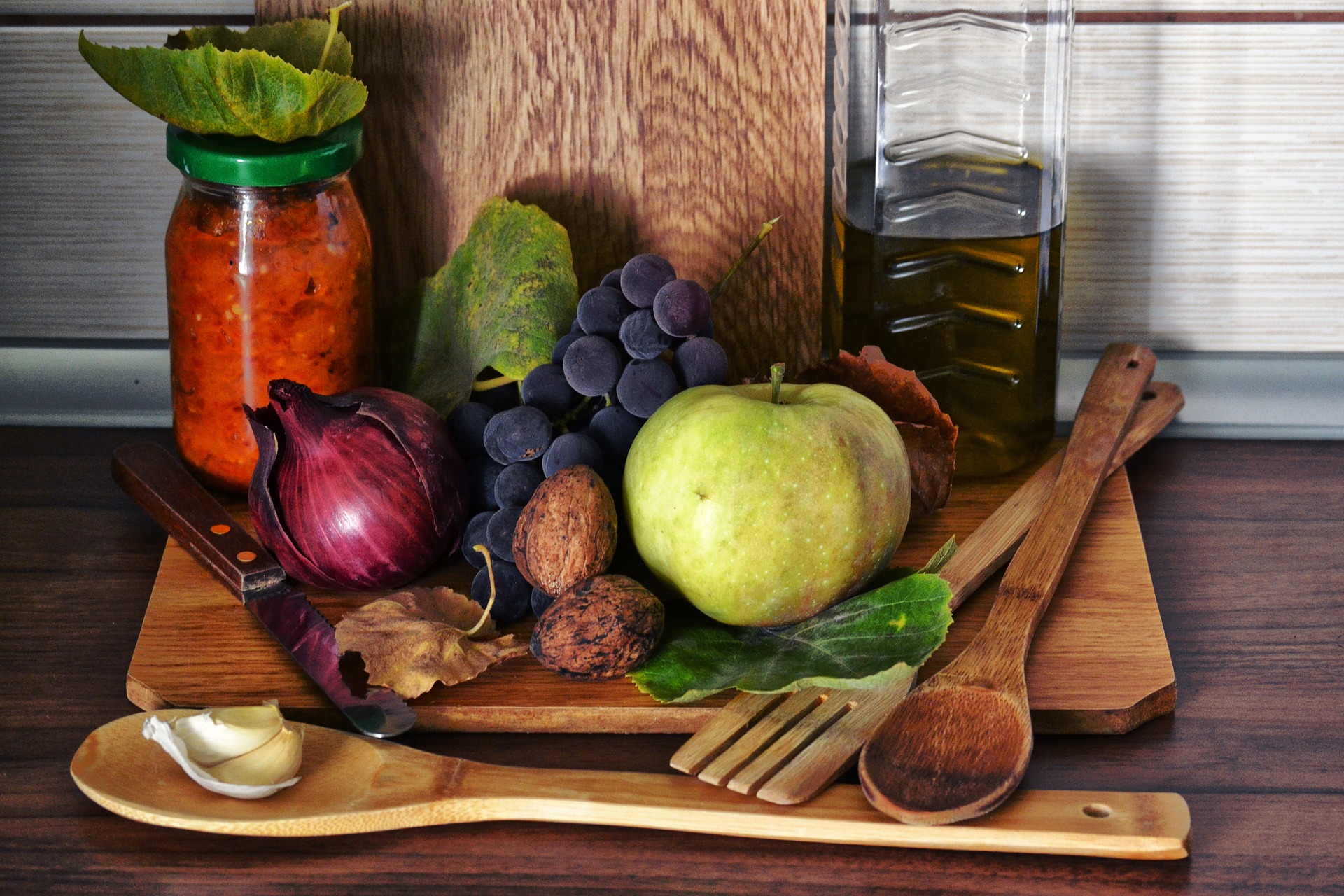
walnut oil
Although we have introduced fresh walnuts relatively recently into our gastronomic recipes, the Périgord, land of Cro-Magnon, finds traces of walnut shells dating back more than 17,000 years.
The main use has always been its transformation into walnut oil for cooking but also for lighting and soap. As a result, many of the water mills in our region had both grindstones and smaller oil mills for the production of walnut and hazelnut oil. And when the millstones were running they would not stop for the whole day. The farmers were summoned at a specific time. As soon as the previous one had removed his crushed crop, the next one poured in his crop and the grinding of the kernels began again immediately for about an hour until a soft white-beige paste was obtained. This paste was then heated in a large cast iron pot, the “padelle”, placed on a stove, stirred and continuously monitored so that it did not burn. Once it had become sandy, it was wrapped in a jute cloth and very quickly placed in a press with an endless screw. Placed under wooden wedges, with a lever pressed into the screw, several people had to work together to turn it until it could no longer turn. It was then that the beautiful, deliciously perfumed golden oil began to flow out. The pressed dough became a hard cake given as food to the fowls which could thus add flavours to their flesh…
Just pressed and highly perfumed, this beautiful walnut oil that we were eagerly awaiting came to replace our reserves from last year which were beginning to run out or even worse, to go rancid. Indispensable in the gastronomic meals of the South-West, and with exceptional nutritional qualities, it remains one of the flagship farm products of our region, the hallmark of our local gastronomy.
It deliciously perfumes the white beans – Tarbais PGI beans from the South West, our favourite of course, which make up the cassoulet of the South West and the Garbure des Pyrénées and which inevitably accompanies the leg of lamb from our South West lands – with a special mention for the suckling lamb from Pauillac in the Médoc – yes the same Pauillac as that of our famous Bordeaux wine. So the accompaniment of such a dish is perfect…
The Périgord walnut remains an important production nowadays, labelled Appellation d’Origine Contrôlée (AOC) since 2020 and Appellation d’Origine Protégée (AOP) since 2004.
But before the press, the preparation of the walnuts is a traditional ritual which unfortunately tends to get a little lost. Let’s dive into my own childhood memories…
Shelling
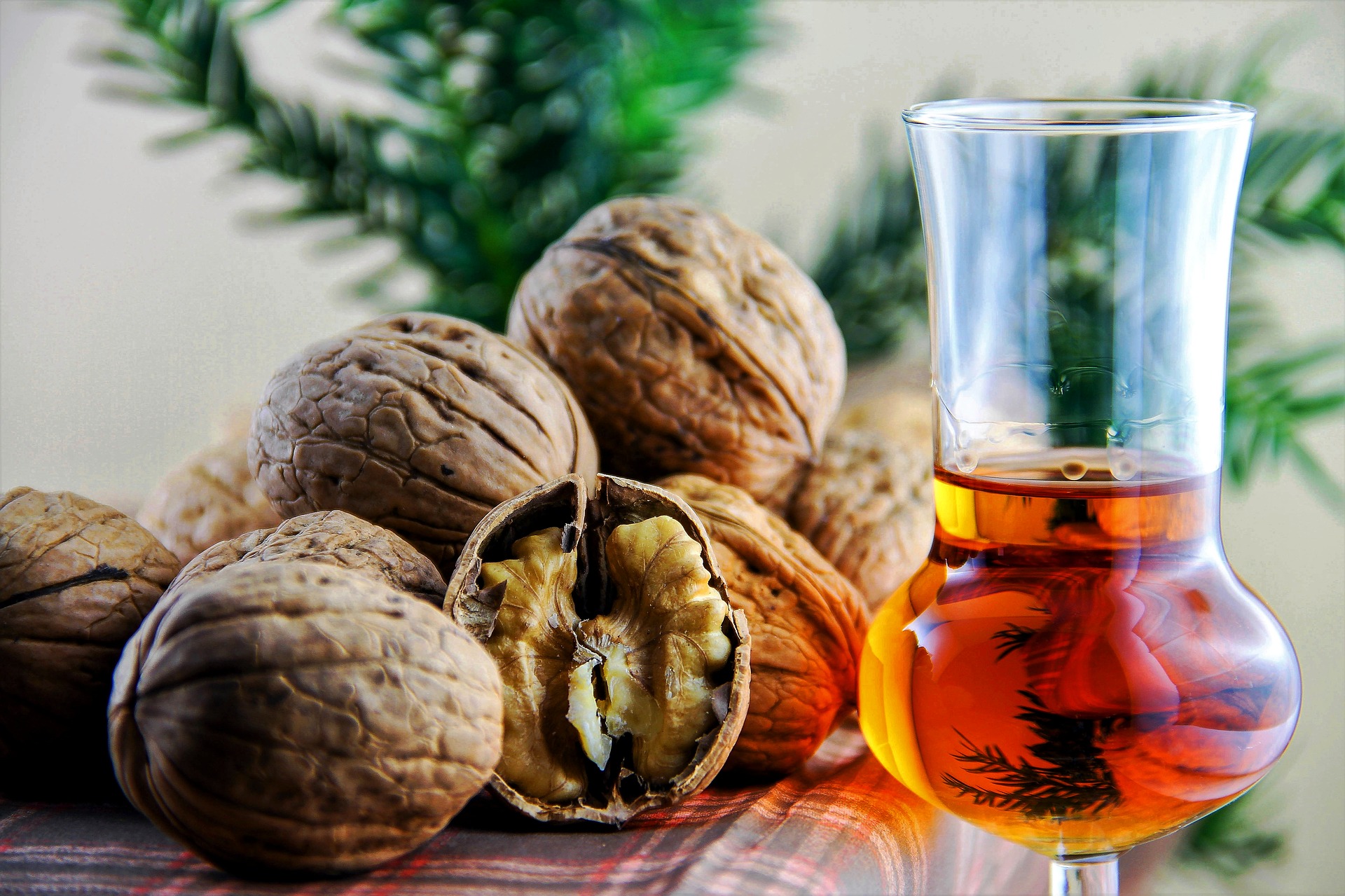
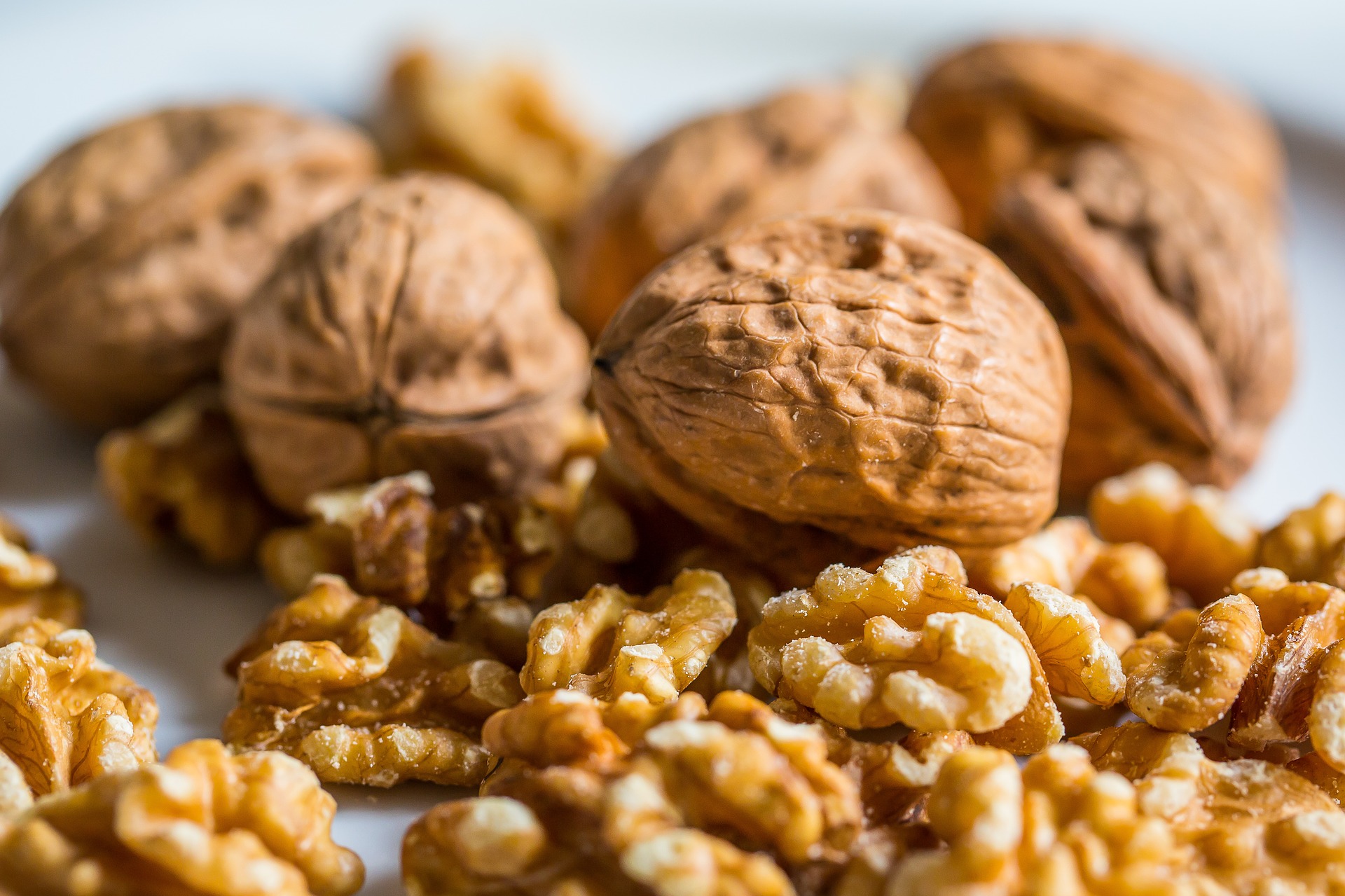
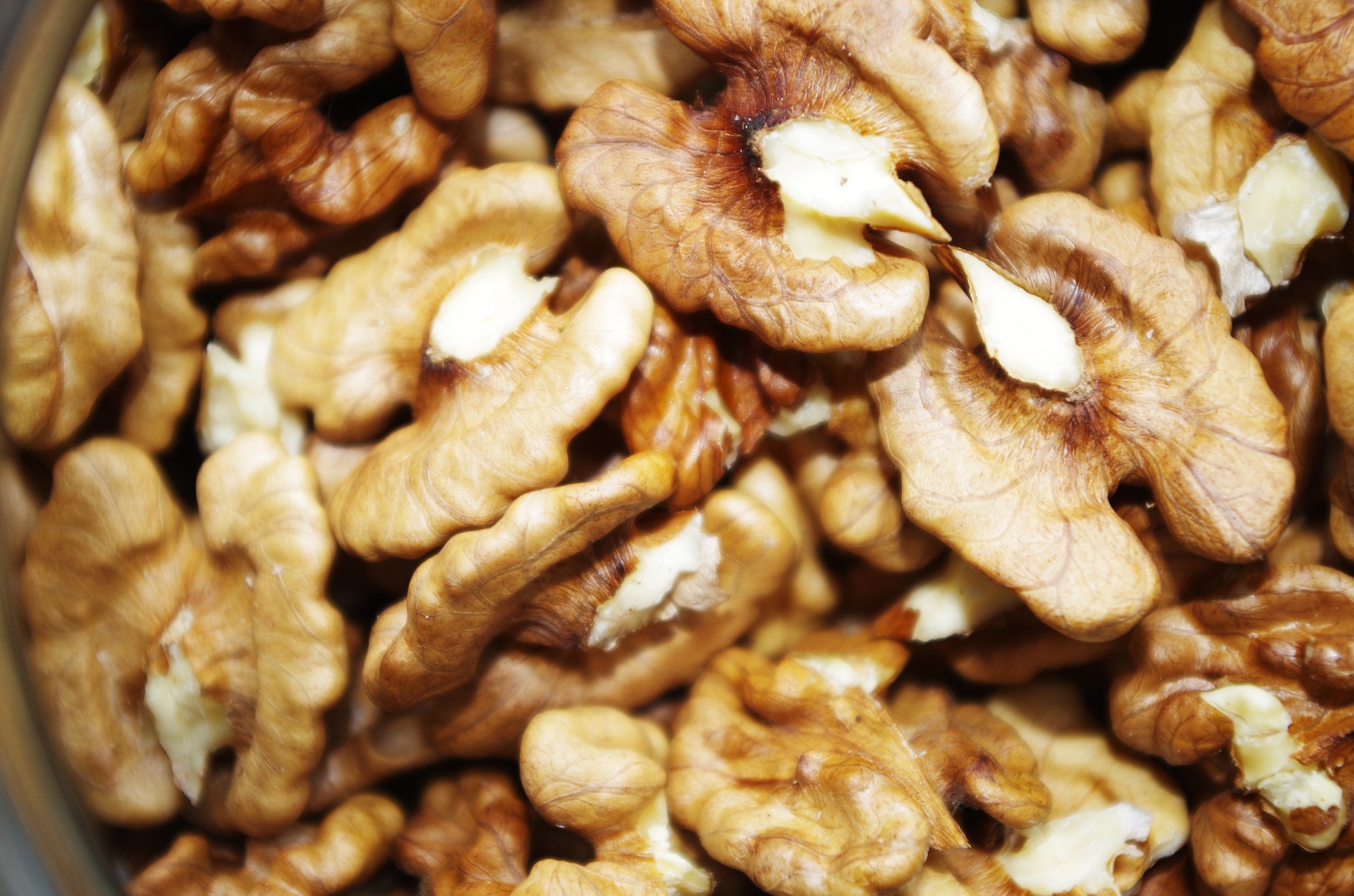
When I was a child, in the 60s and 70s, in September, folded in half and by hand, my grandfather used to pick the nuts that had reached maturity after leaving their green shells. He would wash them, spread them out on large, rectangular, home-made, wire mesh wooden frames and dry them for a month or so in the dark, away from draughts.
If we were not at school, with my brothers and sisters we liked to help him, like a gourmet game for me who loves green nuts. I always experience the same feeling of impatience and tasty desire when I delicately and slowly remove the thin skin that covers the tender kernels of the green walnuts, a pleasure that suspends time, the promise of a fleeting and tasty treat.
Then, shortly after the harvest, which I will also tell you about, came the time of the shelling.
It was party time at home. It began in the evening. Neighbours, friends and family would gladly accept the invitation to come and sort the kernels from the shells because it was the assurance of a good evening of sharing and cheerfulness. Each person would tell his or her funny story or sing a well-known popular song from the heart: “and pine and pau…cassa cacau” was sung in our regions in the ancient language of our grandparents. All this was accompanied by this seasonal drink from the barrels of the last harvest, the “vin bourru”, far from the vintage Bordeaux wines…and chestnuts roasted directly over the fire in a kind of closed pan called a “devil”.
Equipped with a wooden mallet and a thick plank, we tapped with a sharp but measured blow on the domed part of the nut. The shell then bursts and reveals the golden kernels. This operation is not as simple as it seems, a too strong blow crushes the kernels which are more difficult to sort. And so, between the blows of the mallet and the stories of each other, we didn’t see the time passing. We would stay together for hours, warmed by the kindness of each one and the crackling logs in the big fireplace in the main room. We would leave late, the shells scattered under the huge table and the kernels gathered in jute bags ready to leave the next morning for the oil mill.
We only owned a few walnut trees planted on my family’s farmland. Most of them were uprooted at the end of the 1970s to make way for intensive cereal cultivation. Just like hedges, they hindered the passage of tractors…so the policy of “regrouping” redesigned the plots and erased them from our landscapes. Unfortunately, today we can see the disastrous consequences of these political choices at a time of global warming?
However, the Périgord walnut is still an important production nowadays, labelled Appellation d’Origine Contrôlée (AOC) since 2002 and Appellation d’Origine Protégée (AOP) since 2004. Our local producers perpetuate, according to specifications that respect the product and the terroir, the traditions of our grandparents with modern means of collection, shelling and transformation. There are fewer and fewer mills providing traditional grinding, but I know of some that have at heart to preserve the traditions.
A visit to one of them is a nice idea for a gourmet walking tour to discover our traditions in Périgord!
Two easy-to-make recipes to enjoy our South-Western culinary specialities with the flavour of the Périgord walnuts
Ingrédients
- for 6 people:
- 125g soft butter
- 4 teaspoons Périgord honey
- 100g flour
- ½ yeast sachet
- 130g sugar
- 1 pinch of salt
- 3 eggs and of course…
- PDO Périgord walnuts (about 200g)
for 4 people:
- Mix of mesclun and lamb’s lettuce salads
- Approximately 365g of duck gizzards confit (find them in jars in the best specialty shops)
- 20 aiguillettes of duck breast dried or smoked
- 4 quail eggs
- Walnut kernels from Périgord PDO
- 1 small red onion
- 8 cherry tomatoes
- 1 apple fruit (Pink Lady, Gala or Chantecler)
Recettes
Cake with Perigord walnuts:
- For more flavour, start by roasting the nuts for 10 minutes in the oven.
- Blend or hand-mix together all the ingredients to be introduced one after the other.
- Leave to rest in the fridge for at least 2 hours.
- Transfer the dough to a buttered cake tin.
- Bake in the oven for 50 minutes at 160°.
- When the cake is cooled, delicately unmould it on your cake dish and enjoy it with friends at the end of the meal
- Serve with a sweet white wine: Bordeaux wine like Sauternes, Perigord wine like Montbazillac, a “small” wine from Gascony as we say here or a white Jurançon wine, still from the land of our “good king” Henri IV.
Salad of duck gizzards seasoned with a walnut oil vinaigrette
- Cook the eggs for 5 minutes in boiling water and plunge them into iced water once cooked
- Spread out and cut the eggs in half
- Remove the fat that surrounds the gizzards and fry them for 1 minute over medium heat
- Thinly slice the gizzards and slice them thinly
- Fry the slices in a pan for another 1 min
- Mince the onion into thin slices
- Prepare the vinaigrette by mixing 1 tbsp. old-fashioned or bear garlic mustard, salt, pepper, 1 tbsp. cider or raspberry vinegar, onion slices, 3 tbsp. walnut oil
- In a salad bowl, mix vinaigrette and salads
- Arrange harmoniously on each plate a portion of seasoned mixed salad, the gizzards and aiguillettes of duck breast, walnut kernels, cherry tomatoes and two quail egg halves
- This starter will be served with a Bordeaux wine or Bergerac red wine.
ENJOY THE TASTING WITH MY GOURMET TOURS!
